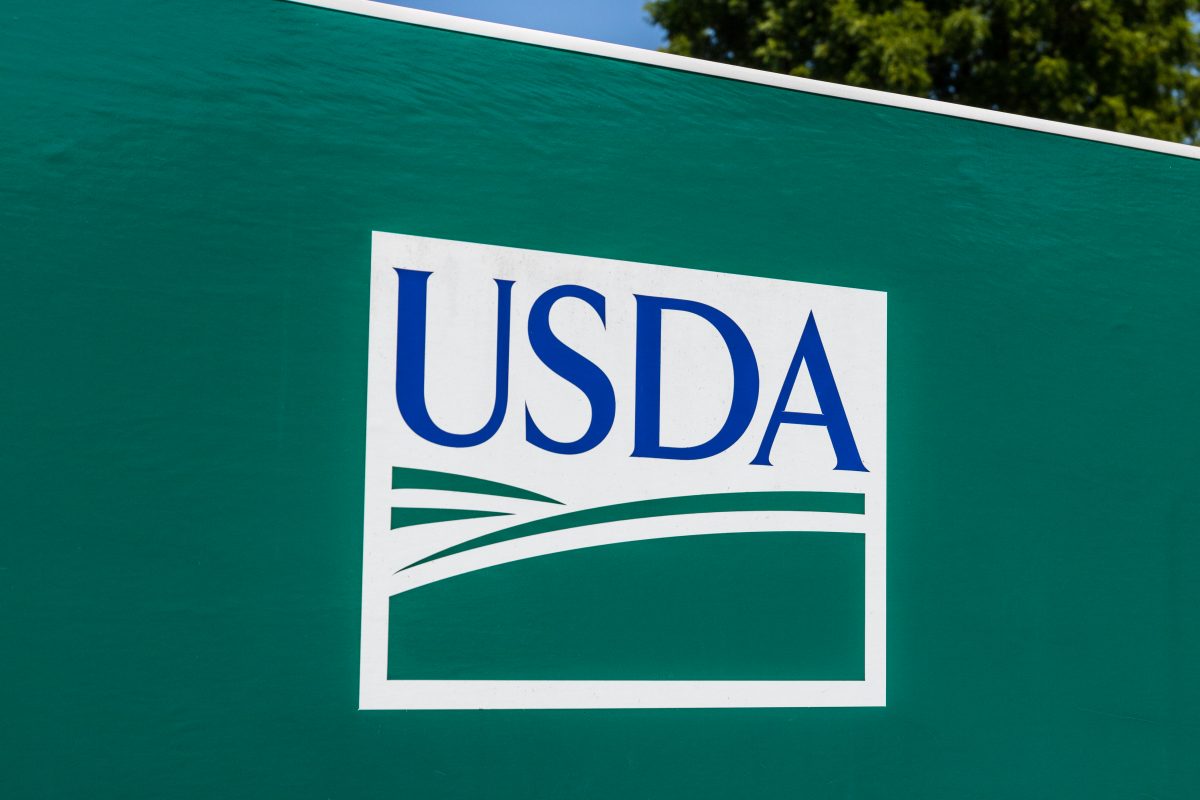The Agriculture Improvement Act of 2018 — commonly referred to as the Farm Bill — authorized the production of hemp, kicking off a hotly contested debate about the health and safety of hemp and marijuana. This blog is part of an ongoing series of blogs following the activities by federal organizations to address regulatory issues and the many unanswered questions surrounding the efficacy and safety of hemp and marijuana.
As stakeholders await guidance from the FDA for cannabidiol (CBD) products, a flurry of activity has taken place since the organization’s May 31 public hearing. Following is a brief update.
- July 11: The National Institute on Drug Abuse (NIDA) announced it would grow 2,000 kilograms (4,409 pounds) of marijuana this year at the University of Mississippi, which holds the sole federal contract for producing research cannabis. NIDA stated that the “crop will be divided between high THC and high CBD varieties due to the recent interest in CBD as a potential medicine for a number of medical conditions.”
- Aug. 26: The Drug Enforcement Agency (DEA) announced it was moving forward to facilitate and expand scientific and medical research for marijuana in the United States by reviewing applications to register additional marijuana growers for federally authorized research. The DEA also announced that since hemp — including hemp plants and CBD preparations containing less than 0.3% delta-9 THC — is no longer a controlled substance, a DEA registration is not required to grow or research it.
- Aug. 29: The Surgeon General issued an advisory intended to raise awareness about the use of marijuana on the developing brain, in adolescence, and during pregnancy.
- Sept. 19: The National Center for Complementary and Integrative Health (NCCIH), part of the National Institutes of Health (NIH), announced nine new research awards totaling approximately $3 million to investigate the potential pain-relieving properties and mechanisms of actions of the diverse phytochemicals in cannabis, including both minor cannabinoids and terpenes. These awards will strengthen the evidence regarding cannabis components and whether they have a role in pain management.
There are several areas where regulations still need to evolve, including:
- testing standards for contaminants, toxins, heavy metals, and pesticide residues in the hemp plant;
- ensuring that consumers clearly understand the potency of products that contain THC and CBD;
- having a better understanding of the safety of products on the market through adverse event reporting mechanisms, such as patient registries and data repositories that record adverse events.
The actions taken by various federal agencies will pave the way to reduce confusion and provide a more streamlined approach for the registration, cultivation, harvesting, extraction, testing, production, and retail of CBD products. More importantly, it will open the door for much-needed medical research on the efficacy and safety of hemp and marijuana.
The activities being done in Uruguay, the first country to legally regulate marijuana, may provide helpful insight for the United States. For example, Uruguay created the Institute of Regulation and Control of Cannabis (IRCCA), which regulates, among other things, the distribution and dispensing of Cannabis. IRCCA also promotes and proposes actions aimed at reducing the risks and damages associated with the use of cannabis and supervises compliance with provisions contained in the law and regulations.
Stay tuned for new developments in the policy and regulatory space in the race to keep pace with the CBD marketplace.


